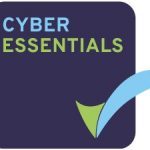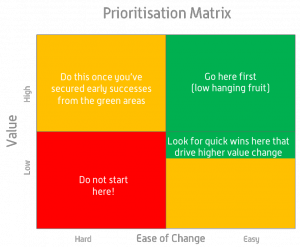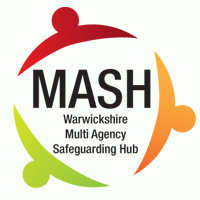 How a Local Authority and its partners embraced technology to lift barriers and increase collaboration in its new safeguarding hub.
How a Local Authority and its partners embraced technology to lift barriers and increase collaboration in its new safeguarding hub.
Context
Safeguarding issues keep dominating the news. A recent report stated some 394,000 children across England are ‘in need’ with domestic violence and poor mental health being the biggest issues facing them. Areas like child sexual exploitation and drugs are growing too. It’s no surprise with systemic problems in places like Rotherham where more convictions were announced. The Prime Minister considers modern slavery a priority issue as well.
Joint inspections on practices for protecting children also continue to be undertaken across the country. There are some good examples although many inspections are also identifying significant room for improvement in safeguarding. In almost every serious case review, there are lessons to be learned around information sharing as well.
The government has responded by recently issuing its paper ‘Time to Listen,’ proposing a joined up response to child sexual exploitation and missing children.
It is also well known that safeguarding success and failure is largely determined by the way that agencies collaborate and share information. This article looks at how partners in Warwickshire are using secure cloud technology, pam, to work collaboratively to protect those in need.
Multi-Agency Safeguarding across Warwickshire
Warwickshire County Council (WCC), Warwickshire Police, the NHS and a range of partners launched a Multi-Agency Safeguarding Hub (MASH) in May 2016. Its focus is on safeguarding children, young people and adults.

A physical hub was implemented for some of the partners to work together, and others participate virtually. The need for a complementary information sharing and collaborative work platform was also identified as a high priority.
Just getting an agency’s job done was not enough, the MASH leadership needed visibility and oversight of all the work. Goals for the technology solution therefore included the need for a common view of work coming up, and in progress. It had to have the ability to see demand and make resource allocation decisions quickly across the partners. The MASH leadership wanted all partners to work in close collaboration from one digital ‘place’.
However with 14 existing case recording systems across 8 agencies, and different working processes across the agencies involved, there was real anxiety about adding to that with more technology and process in the new MASH. Duplication of effort was also a real fear. The budget constraints and challenging deadlines for the hub launch meant an expensive, lengthy and risky systems integration project was not worthy of detailed consideration either.
Given the forecast demand and ambition of the MASH to meet its community’s needs in multiple safeguarding areas, manual sharing and hiring more staff was also not an option. Those manual ways of working and the multiple existing systems created an environment of constant repetition which the MASH was keen to help eradicate.
Security of data and trust in the service provider were of utmost importance, especially as a cloud service was the preferred implementation and G-Cloud the favoured contracting method. Following an extensive search on the technology options, pam was chosen as the cloud platform of choice for the MASH.
 John Coleman is the MASH manager. He said “Despite those initial fears of duplication, no one sees that now, in fact we could not be without pam. It’s the only place we can get a holistic view of the child and their circumstances to make better decisions, and then act on those decisions in a joined up fashion. Agencies are fulfilling their contribution and promises to the MASH and we can all see that happening in real time. No other system offered that.”
John Coleman is the MASH manager. He said “Despite those initial fears of duplication, no one sees that now, in fact we could not be without pam. It’s the only place we can get a holistic view of the child and their circumstances to make better decisions, and then act on those decisions in a joined up fashion. Agencies are fulfilling their contribution and promises to the MASH and we can all see that happening in real time. No other system offered that.”
With a dedicated MASH, strong leadership and pam in place, WCC has already addressed a key observation from the Time to Listen report. It stated:
“Without robust management oversight within agencies and across partners, it is difficult to implement an effective multi-agency response….”
Initially the pam service was going to focus on child referrals and case tracking but it has quickly been adopted for adult safeguarding too. Given the versatility and flexibility of the platform WCC continues to expand its scope for a range of safeguarding and related partnering initiatives.
Setting up a MASH can be a big investment, but the benefits of a good implementation means lives saved, perpetrators caught earlier, reduced risk and major savings in future. John went on to put this technology investment in perspective too; “The information sharing and collaboration platform is a very small amount in relation to the overall investment but it delivers so much benefit to make the whole operation more effective. As a multi-agency case tracking and tasking tool it has been invaluable.”
And positive results are already being seen from the collaborative practices in the MASH. For example, in the first 3 months of going live, 20 children were seen to be at risk that might not otherwise have been found at that early stage. Preventative interventions have now been implemented successfully for those children helping mitigate much greater risk and cost. With Serious Case Reviews highlighting the cost for a death to be around £1m, let alone the heartache that goes with it, the MASH case is compelling.
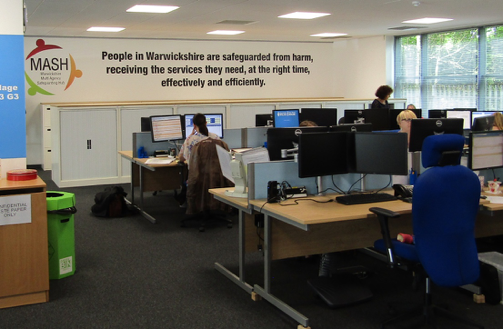
The WCC MASH processes around 1,000 referrals a month on pam and demand continues to grow as the service becomes better known. These referrals impact practitioners in one form or another and they benefit in time saved too. What nurses, health visitors, social workers are experiencing for the first time is very positive. They are better informed and prepared. With the information gathered from pam they can meet the needs of the child earlier. It can mean a reduction in the number of visits, or focus of their time much more effectively during those visits. Systems like pam as part of Multi-Agency collaborations are thought to help save as much as 50% of a professional’s time, such as social workers, when used well.
Other unexpected benefits have arisen too. The governance and audit trails built into the platform have helped quickly quash concerns on time taken to process work. Tasking and accountability of performance with partners becomes completely objective as pam provides one shared version of the truth on what is done by whom and when.
It also helps identify where weaknesses and bottlenecks are in the system that might delay an important safeguarding intervention. The MASH is also exploring other safeguarding work that can be delivered over the platform.
Many police forces, law enforcement agencies as well as their partners use pam for a range of work including Protecting Vulnerable People and Organised Crime Group management. The platform offers amazing versatility in use, combined with real specificity for professionals to get ‘their’ work done that other applications can’t get close to for the quality, price and security confidence.
How well is your partnership working?
We have developed an actionable framework in pam of the Joint Area Inspections that can be used to assess your multi-agency safeguarding strengths and prioritise any improvements. It is available to qualifying organisations and safeguarding hubs at no cost.
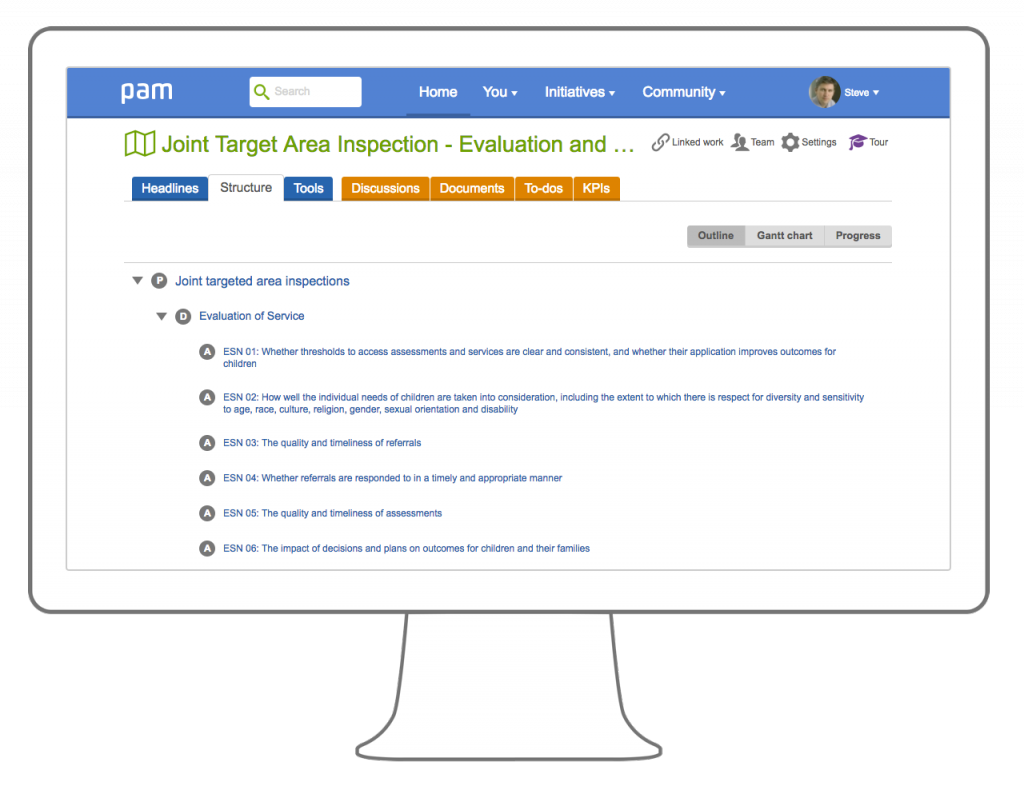
We are also able to demonstrate how WCC are using the platform for their work, and under the right circumstances can also help arrange onsite visits to see its MASH in operation.
To help ensure your partnership has Time to Listen, contact Alliantist now to learn more.






 At a time when every penny counts, the people of Hampshire will be ruing the
At a time when every penny counts, the people of Hampshire will be ruing the 